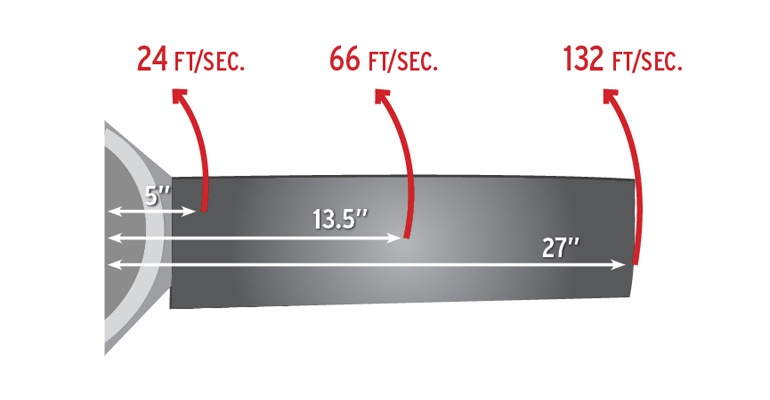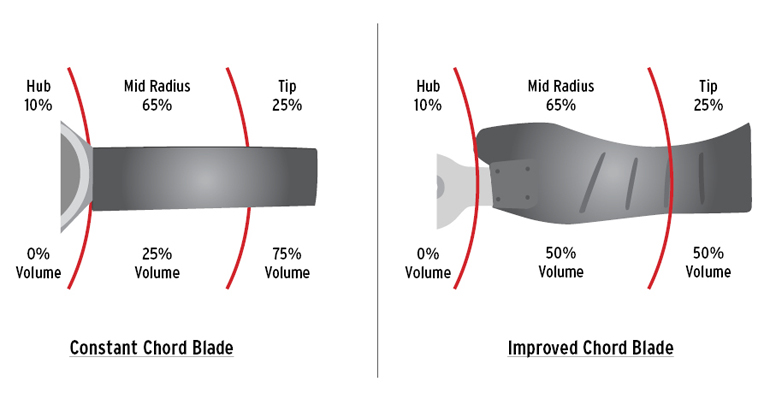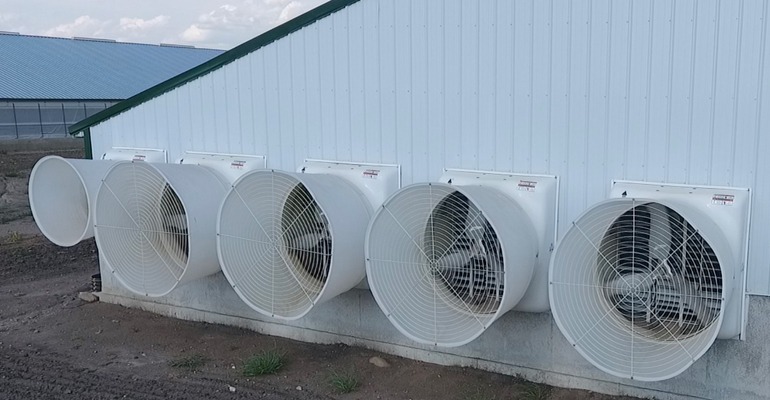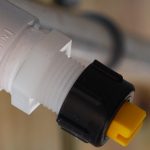Learn how prop design affects air delivery and efficiency of ventilation fans.

The tip of a blade travels five times faster than the hub.
Air movement across a fan prop is not equal. A 54-inch fan turning at 560 revolutions per minute will have a tip speed of almost 132-feet/ second while at the hub travels it at only 24-feet/second. Because of this speed difference, nearly 75% of the air volume comes from the outside 25% of a prop with flat blades.

Changing the design of the blades creates a more efficient prop.
To produce a more efficient prop, fan designers change the profile of the individual blades. The fast-moving tip section is flatter with the blade making a gradual, increasing twist towards the prop hub. Many designs also increase the size of the blade in the midsection while removing material in the tip and center sections. The result of this manipulation evens out the amount of air moved across the blade.
Successful fan props can be built from many different materials such as cast aluminum, plastic, composite fiberglass and stainless or galvanized steel. Cast aluminum and composite props provide the best combination of durability and performance for smaller diameter fans.

Stainless steel fan props deliver the same high performance with lower installation costs.
Most of a facility’s electrical consumption occurs when running large fans for cooling, making energy efficiency a primary design factor for fans 48 inches and larger. Steel props match or exceed the performance values of more expensive prop materials like cast aluminum and injection molded plastics. Bottom line, producers can buy very efficient steel prop fans for a much lower initial installed cost when constructing new buildings or remodeling.
Here are a couple of final thoughts on fan props. Even the best-designed and manufactured prop cannot perform to its full potential when dirty. An1/8-inch of dust can reduce fan delivery by up to 10%. Also, when replacing a fan prop, be sure to select a prop designed specifically for that particular fan. Just because the bore and prop diameter match the existing fan doesn’t mean the performance will be equal.





